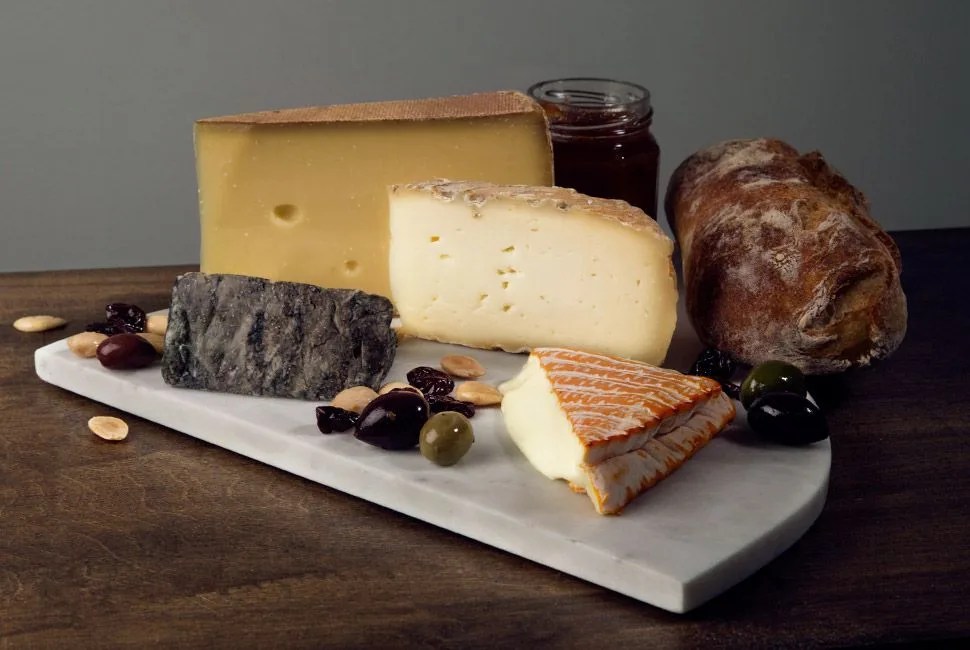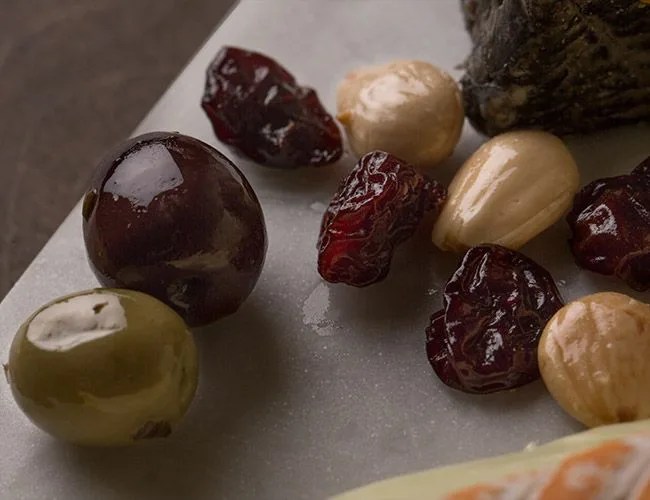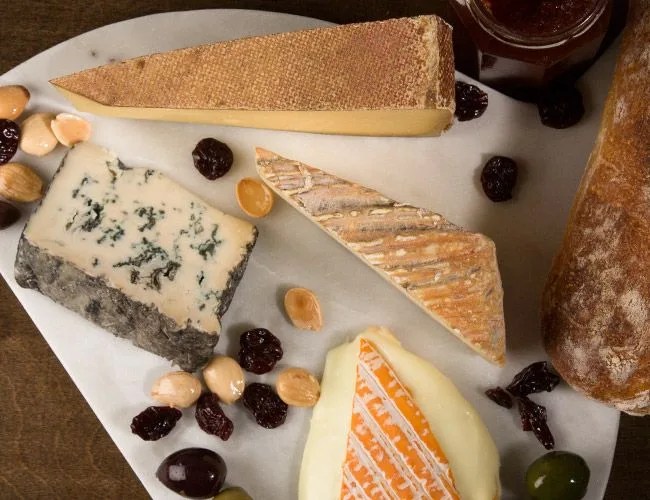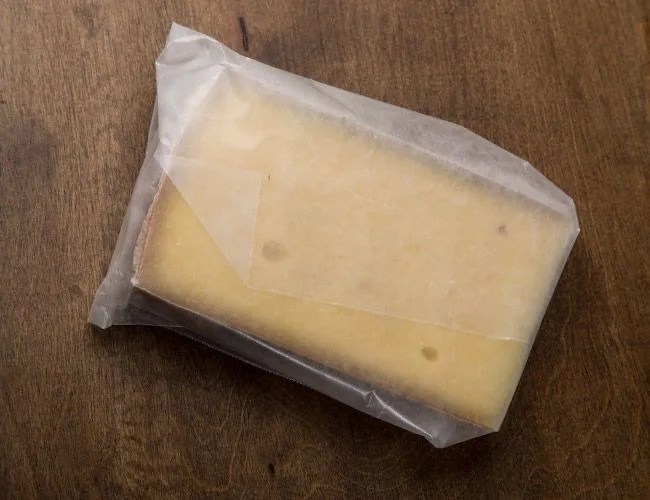Sometimes soft and creamy, other times crumbly and sharp or melted with a smooth, luxurious texture, cheese isn’t just for topping off a burger; it’s an experience of indulgence on the foundation of an ancient tradition. Production starts with the shepherd on the hill, the farmer wrangling a dairy cow into a stall and milking from a wooden stool. The milk gets processed, molded, sometimes wrapped in wax or the paper-thin layer of spruce cambium. From there it waits in a cave or a cellar, patiently becoming a delicacy. It’s a process that was perfected thousands of years ago, but takes on new form and meaning as young cheese-makers innovate. So when it comes time to serve cheese to friends and family, you need to do more than just put the stuff on a plate. You’ve got to understand what makes one cheese different from the next and why. The best thing you can do is talk to someone who knows cheese better than you do. Most often, that’s the guy behind the counter at your local cheese shop. Adam Goddu, a cheesemonger with Murray’s Cheese, arguably the most famous cheese shop in New York City, walked us through the dos and don’ts of assembling an ideal cheese plate.
The Cheese
Guiding Your Choice
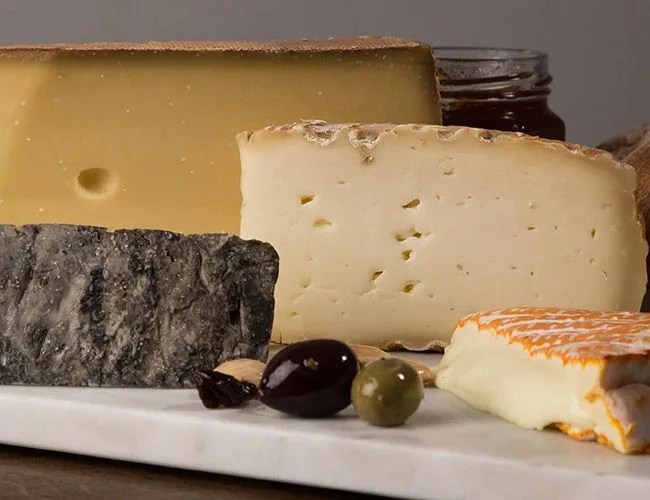
To serve the perfect sampling of cheeses, you can’t be shy. A boring plate ruins the vibe, so pick things you haven’t tried before and bring home some cheeses that have more eccentric flavors than a ball of mozz. But don’t buy four cheeses that are all overwhelmingly strong — pick a good range. At Murray’s, they refer to this range as “mild to wild”. That means you want a cheese that’s not too intense — mild — and a cheese that has more of a punch to it. The wild one. It’s good to have a sampling of cheese types as well. There are four different kinds of milk commonly used to make cheese: cow, sheep, goat and water buffalo. We picked one of each for our cheese plate, but choosing combos or doubling up on your favorite is okay, too. You should try to include a hard cheese, a soft cheese and a blue cheese at the very least. As far as amount, assuming the cheese is the centerpiece to your evening, you should get about six ounces of cheese per person. So, if you’re getting four cheeses for four people, get six ounces of each.
